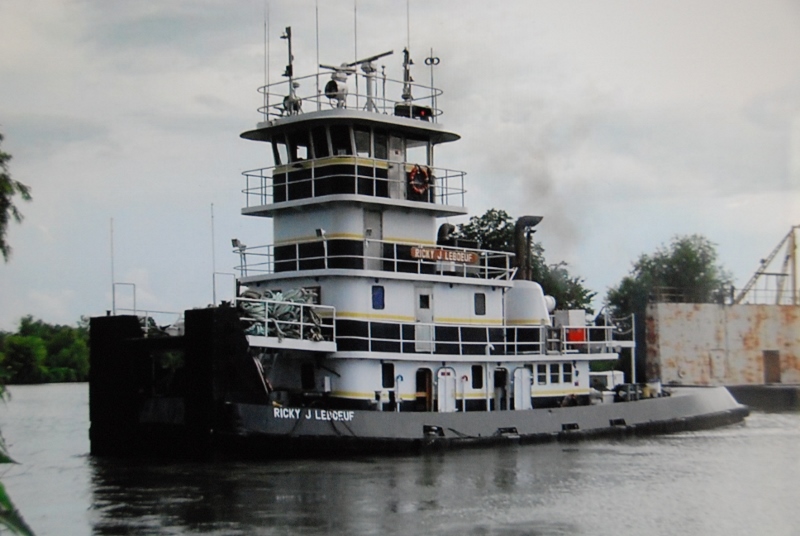Finally, we get to the story of the 1,800-hp towboat Ricky J. Leboeuf, which capsized and sank on the San Jacinto River near Channelview, Texas, on April 19, 2016. Right away, this incident contained all the ingredients for trouble that you could ever want. And guess what? Trouble is exactly what the unfortunate towboat crew found.
After typical heavy Houston rains in the area of over five inches the day before the accident, the San Jacinto River gauge was at 15', which is major flood stage. This triggered two notable actions. First, the U.S. Coast Guard VTS Houston-Galveston began to issue broadcast warnings about both the severe weather and flood conditions and the elevated risks to vessel operations associated with them. Specifically, this included the high current velocities in the river, a natural and predictable result of the high water levels. Also, the Ricky J. Leboeuf’s operating company, D&S Marine Service, sent its own advisories directly via email to its fleet that was working within the affected area.
According to the National Transportation Safety Board report, “These advisories included restrictions on a maneuver known in the industry as ‘downstreaming’ and a requirement to use assist towing vessels while operating in barge fleeting areas. The advisories also reminded crews that main deck watertight doors and hatches were to be closed on towing vessels. According to the Ricky J. Leboeuf crewmembers, this information was received on board the vessel, and both the captain and relief captain discussed with the crew how these conditions impacted vessel operations and the extra care needed to reduce the risk.”
If true, it seems clear enough to me that above and beyond their personal responsibility to independently maintain basic situational awareness of their immediate surroundings and conditions, the guys on the sticks that day had ample advance warning and guidance and were apparently fully cognizant of the situation. And yet somehow, despite all of this, it all went wrong anyway.




